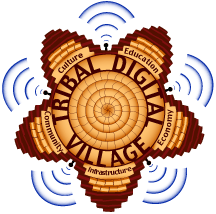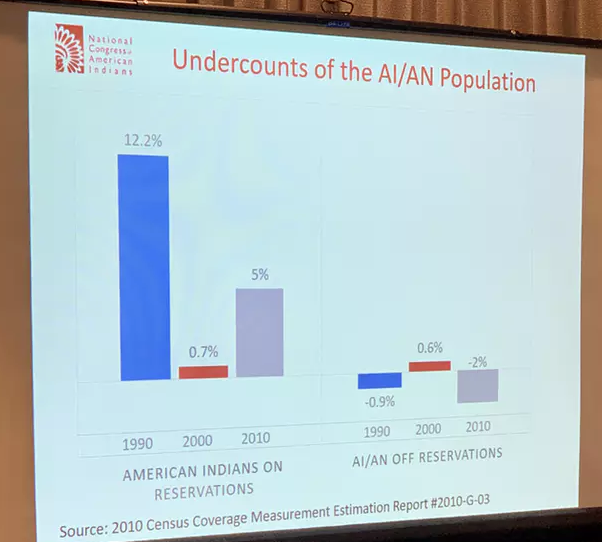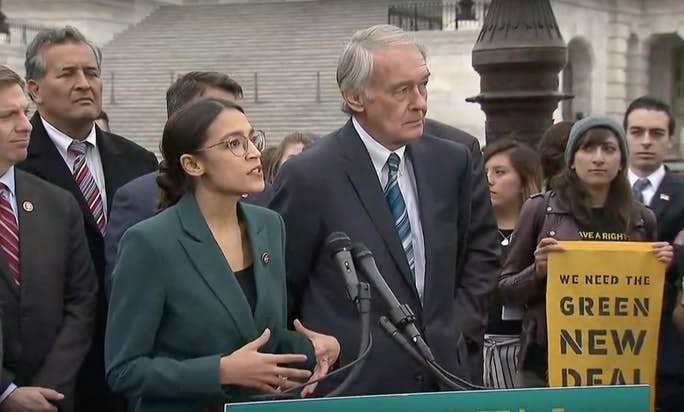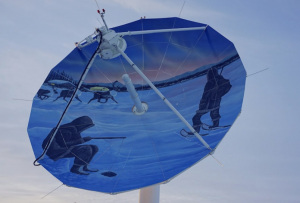Native Americans Fear New FCC Rules Could Force Them Offline
WASHINGTON —
Some Native Americans are voicing concern that a recent decision by the U.S. Federal Communications Commission could leave many low-income communities on tribal lands offline.
The FCC voted November 16 to scale back its Lifeline assistance program, which since the 1980s has provided phone and internet services at a discount to low-income Americans, including about 500,000 residential users in tribal areas. Activists worry that many of these areas will lose access to Lifeline service entirely.
“The FCC’s move serves to further marginalize indigenous communities, villages and reservations,” said Anthony Melting Tallow, an activist and member of the Siksika Blackfoot Nation, currently residing in Massachusetts.
“Affordable, reliable internet access holds the promise of elevating the economic, political, and social state of long-oppressed indigenous communities, communities that deserve to share in the immense benefits enjoyed by most Americans,” he added.
The program, launched during the Reagan administration, is funded by a “Universal Service Fee” that shows up on customers’ phone and cable bills. It offers a subsidy of $9.25 a month to low-income residents and gives an additional $25 a month subsidy to consumers living in Native American tribal areas — helping residents on remote, rural reservations like South Dakota’s Pine Ridge or the Navajo Nation.
Tribes say the discounts also function to encourage internet service providers to enter certain rural markets that otherwise might not be served.
“One of the things the new Lifeline order does is it does not allow non-facility-based carriers — carriers that are virtual, that use other carriers’ networks — to receive the extra $25 tribal Lifeline services. Facility-based carriers will still get the subsidy,” said Brian Tagaban, director of governmental policy for Sacred Wind Communications, Inc., a privately owned, New Mexico-based company that provides internet services to thousands of families in New Mexico’s Navajo Nation, the largest federally recognized tribe in the United States.
About 70 percent of Lifeline subscribers use these smaller “resellers,” but may now be forced to pay high prices for larger providers like Verizon or AT&T.
The order also redefines what constitutes tribal areas.
Additionally, the FCC has issued a call for comment on other changes, including the possibility of eliminating non-facility based providers from the program entirely.
Back story
The program was expanded in 2005 during the administration of President George W. Bush. By 2009, during then-President Barack Obama’s first term, it had tripled to about $2.2 billion a year, expanding to cellphone service and reaching 13.3 million low-income customers. Because some carriers began offering free cellphones to benefit recipients, the program came to be popularly known as “Obama phones.”
The high cost of the program didn’t sit well with some conservative Republicans, who viewed it as an example of welfare excess and government waste.
In 2013, the House Committee on Energy and Commerce began looking at ways to trim Lifeline and commissioned the Government Accountability Office (GAO) to look into the matter.
Last May, the GAO reported there were, indeed, abuses of the program. It couldn’t confirm the eligibility of more than a third of subscribers, concluding that $137 million a year was going to people who didn’t qualify. In some instances, individual subscribers were receiving duplicate benefits and that benefits were, in some cases, going out to individuals who were deceased.
In a statement announcing the cuts, FCC Commissioner Ajit Pai said, “For far too long, policymakers have let unscrupulous wireless resellers waste Lifeline funding rather than demand these funds go to support real digital opportunity and infrastructure in underserved communities.”





Comments are closed here.